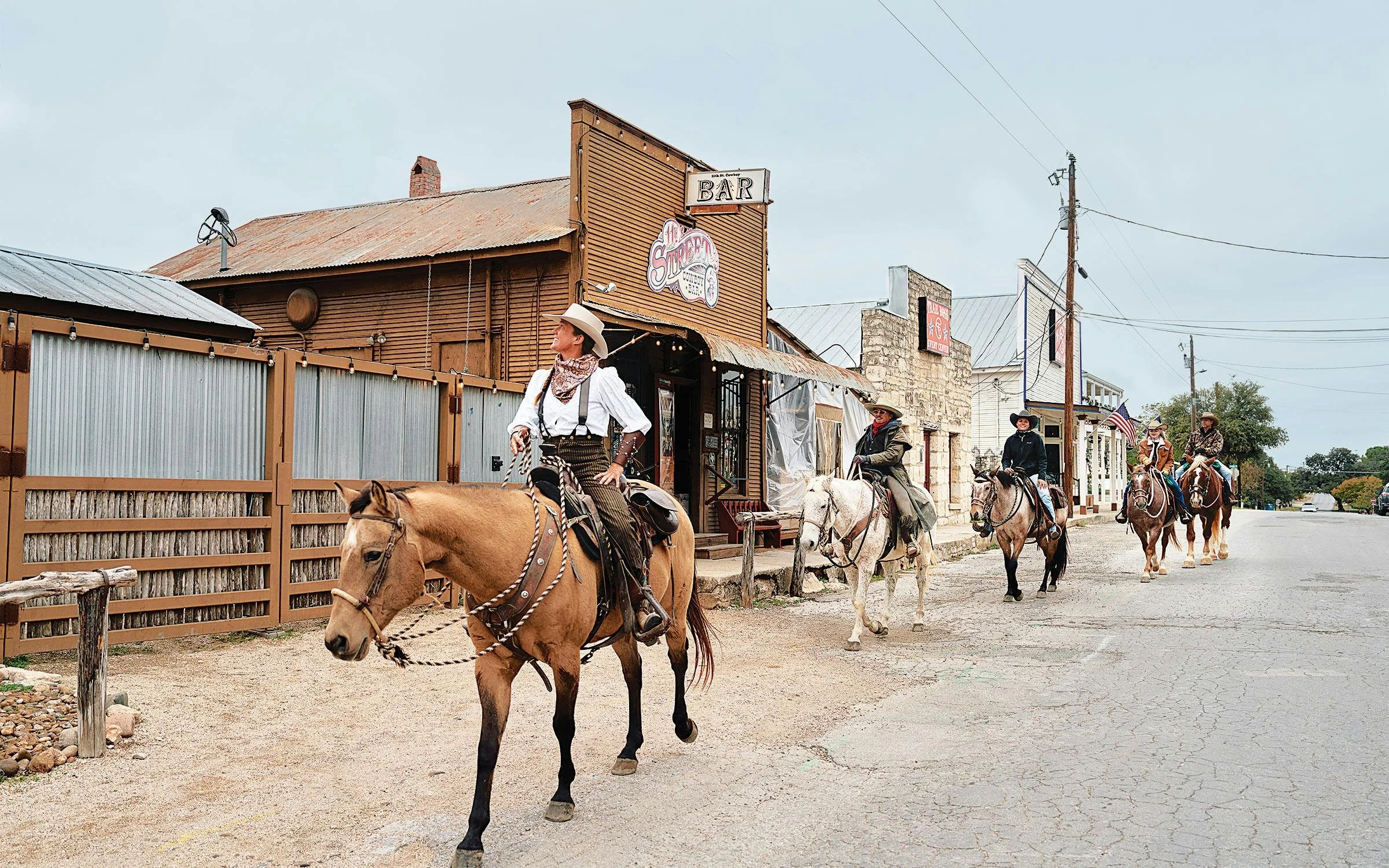The Dangerous Side Effects of Free Parking
(Source: Helena Lopes, Pexel)
For New York City, parking reform is key to achieving better streets. This was driven home for me earlier this month, when I traveled with my six-month-old son to visit friends and family on the East Coast. I was meeting up with a friend traveling in the same part of the country, and we found an affordable Airbnb in Mount Vernon, a small city north of Manhattan.
Even though it wasn’t a real trip to New York City proper, I was excited from the moment I stepped out of the terminal at LaGuardia Airport. Watching people in stylish outfits buzz in and out of taxis, catching whiffs of cigarette smoke and seeing old architecture fly by the window of our Lyft filled me with nostalgia as I remembered the decade I spent living in this amazing city. I can still remember the enchantment (and terror) washing over my 20-something self as I moved into my first Midtown apartment for college.
After settling in at Mount Vernon, my friend and I decided to drive into Manhattan to visit the Cloisters museum, only half an hour away. The ensuing round trip opened my eyes to a situation I'd heard about but never experienced; namely, the experience of moving through city streets at the breakneck speed of seven mph.
I wish this slow speed was due to brilliant street design that rewards slow driving and allows passengers to take in the city’s old architecture and fascinating street life, but it was not such an idyllic situation. Rather, our slow speed was due to the unmanaged traffic volume and the unruly nature of the streets.
At Strong Towns, one of our driving principles is to “humbly observe where people struggle.” As we drove a mere six miles to our destination, such struggle was obvious. Both sides of residential streets were dedicated to on-street parking, making them feel crowded, stifling and much too narrow for multiple moving cars. Limited visibility forced us to take blind turns, and we sat perpetually on edge, our eyes peeled lest a child come bounding from behind one of those parked cars.
On the main commercial streets, the parking congestion led to another type of danger: the unofficial use of the lane closest to parked cars as a “loading and unloading” zone. At least a dozen times, we were forced to brake suddenly and move around drivers who had randomly parked their cars in a lane meant for driving. The unpredictability of this behavior spiked our blood pressure by several points.
This is just a snapshot of a problem that has afflicted New York City for decades, particularly since 1950, when the city reversed its ban on overnight parking at the urging of the American Automobile Association. Since then, a significant portion of city streets became de-facto car storage: Economist Alain Bertaud estimated that parked cars claim 44% of the city’s street space. The city has three million parking spots and, according to the New York Times, 95% of them are free. Only about 200,000 of those are in Manhattan, a borough that welcomes about 900,000 drivers per day.
Back in the 1950s, there was some resident support for reversing the overnight parking ban, but not much. As pointed out in the article linked above, New Yorkers of the time understood that streets are primarily meant to be driven on, not parked on. Today, the sentiment is much reversed, with access to free parking on city streets viewed almost as an inalienable right. As a result, streets are congested, with parked cars taking land away from more efficient transit options, like biking and busing, or more enjoyable uses, like outdoor dining, urban gardens or increased play space for kids.
Reforming the city’s approach to parking will take courage and persistence. Without reform, though, the city will continue to struggle with the same problems: unpredictable traffic volume, congestion as drivers hunt for spots and the inability to use that land more productively. The good news is that we already know how to solve this challenge. Establishing Parking Benefit Districts lets cities approach the land we dedicate to parking like the scarce public resource it is. Seeing land this way is essential for any city that wants to grow into a safe and resilient place.
Demand for parking in New York City will never go away, but the city doesn’t have to resign itself to a future of ceaseless competition, roaming drivers, and randomly invented loading zones. A more orderly and productive future is possible if leaders help their constituents see limits on free parking not as an attack on personal freedom, but as a wise use of a limited resource.






Tiffany Owens Reed is the host of The Bottom-Up Revolution podcast. A graduate of The King's College and former journalist, she is a New Yorker at heart, currently living in Texas. In addition to writing for Strong Towns and freelancing as a project manager, she reads, writes, and curates content for Cities Decoded, an educational platform designed to help ordinary people understand cities. Explore free resources here and follow her on Instagram @citiesdecoded.